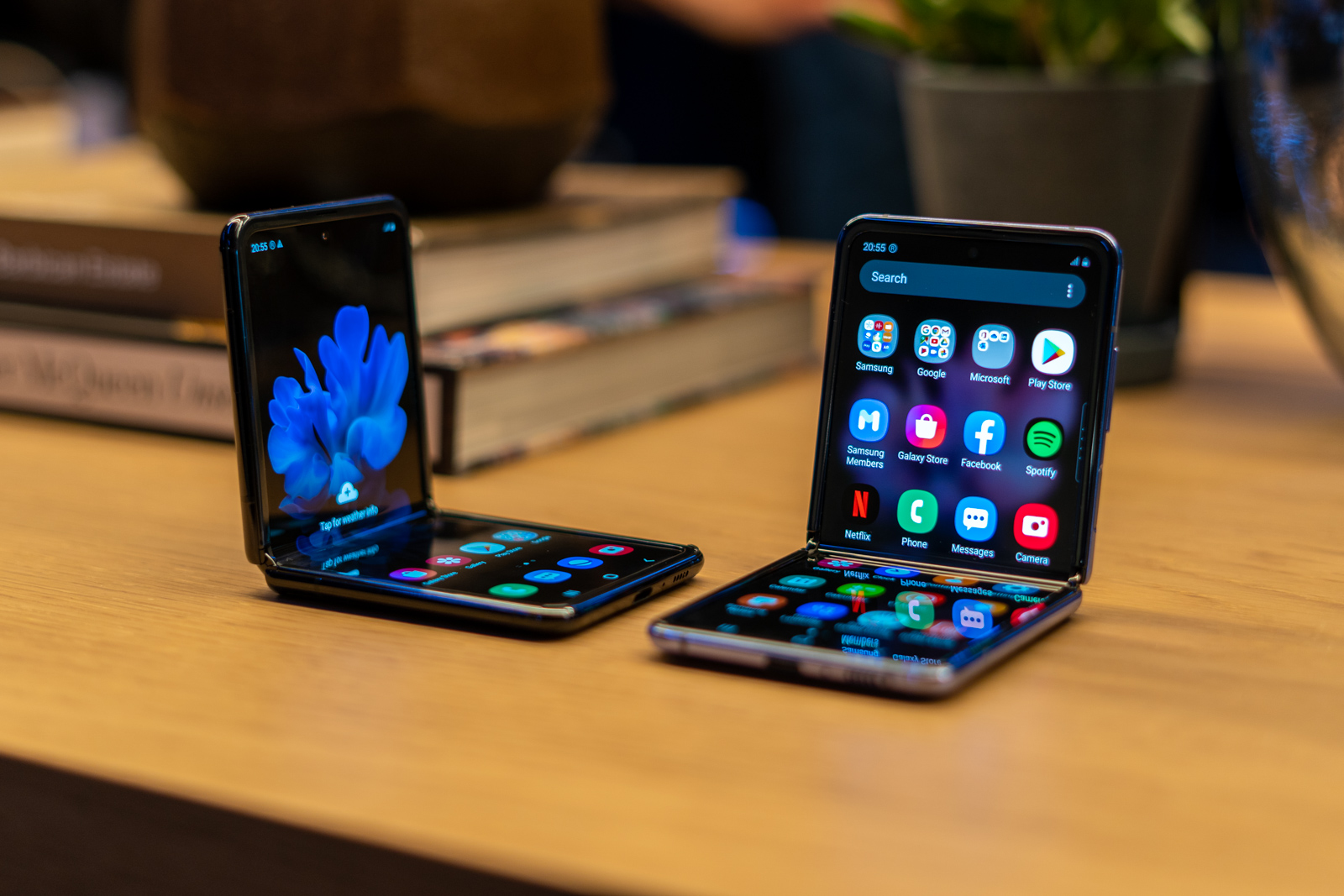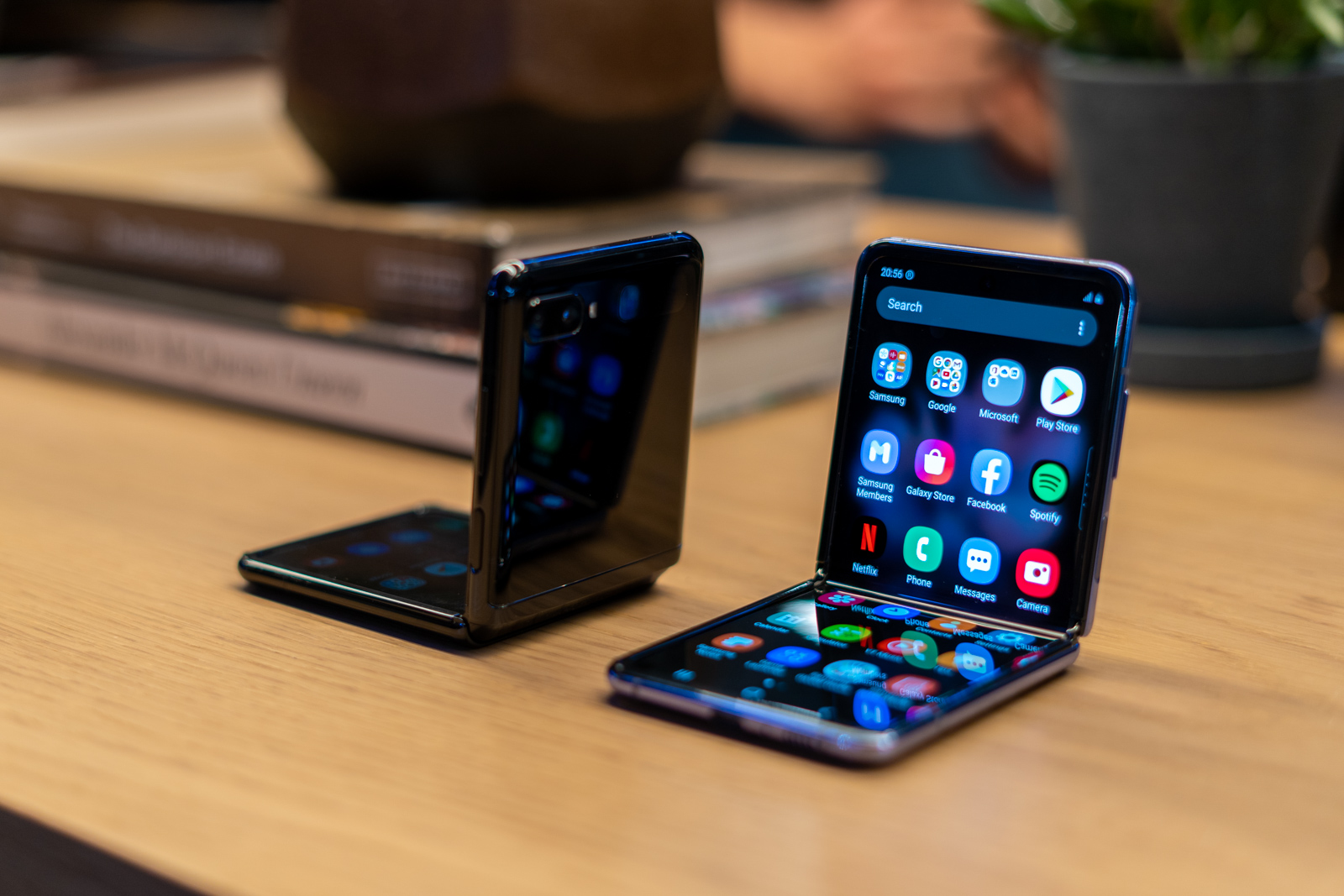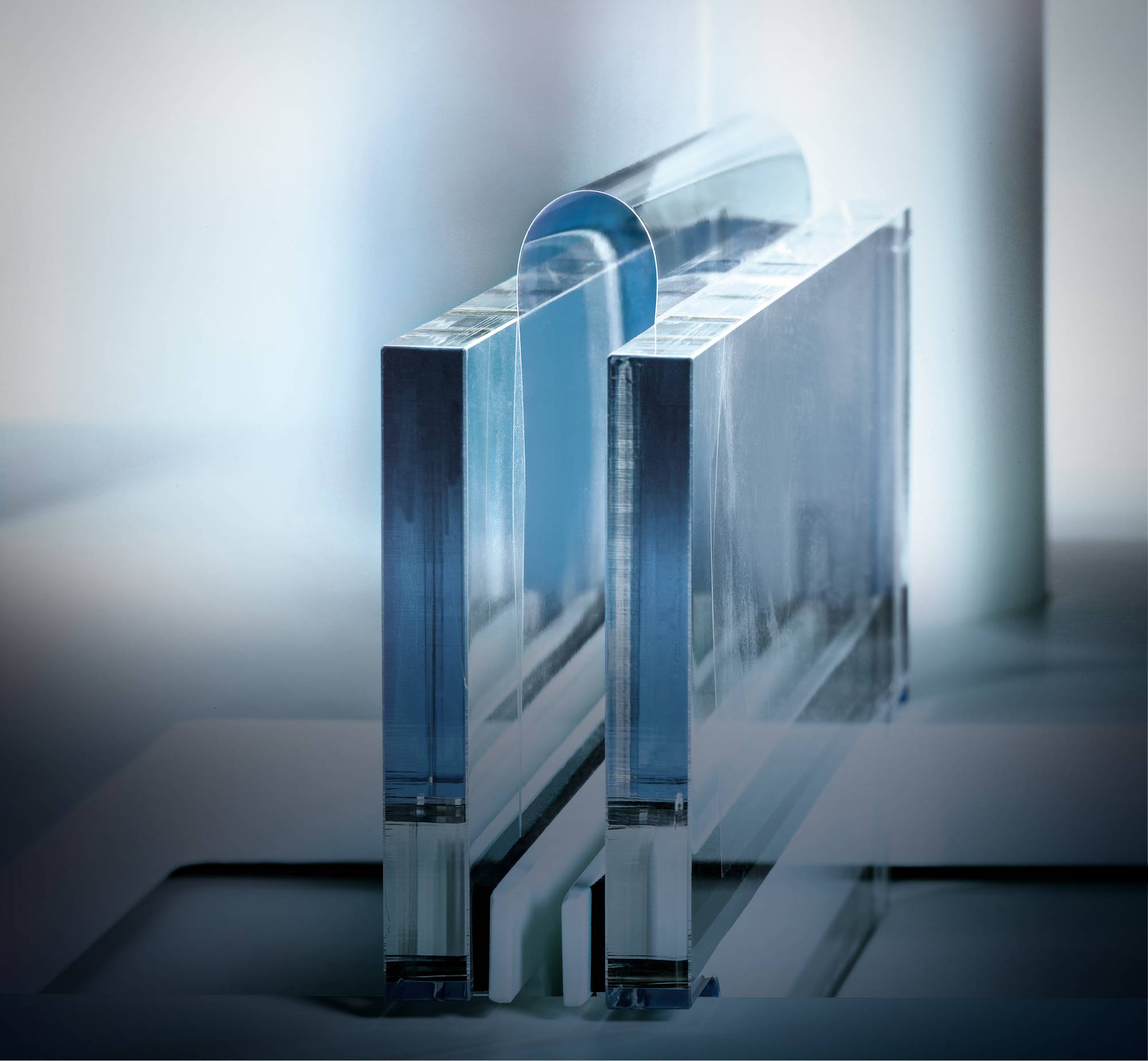The screen of Samsung Galaxy Z Flip is covered with flexible glass. We checked if such a thing exists

At its last conference, Samsung presented the half-fold Galaxy Z Flip smartphone. Unlike Galaxy Fold, the first foldable phone of this brand, the Flip screen is covered with flexible glass. Already in the article describing the first impressions of contact with the phone Marcin Połowianiuk wrote that "everything feels like glass and seems much harder than in Galaxy Folda". Equally quickly there were voices that flexible glass is just a marketing slogan, because ... glass is not flexible by nature. So I decided to check how it really is.
Of course, neither Samsung, nor any of the manufacturers of this element will tell you exactly what is the protective layer of the screen used in Flip. Nevertheless, it is worth checking whether in fact flexible glass can exist at all.

In short: YES.
Ultra-thin and flexible glass is a material that is the result of many years of development. Only a few years ago, flexible, bent glass was written in the context of futuristic worn electronics projects.
The development of technology meant that manufacturers managed to produce thinner glass panes. They arise from molten glass, which, taken from the tank, are moved along rolls through an annealing furnace, to the production line, where it cools down. In such a process, the AS 87 eco sheet by Schott was created, which in 2018 had a minimum thickness of 25 μm (i.e. thinner than human hair).
With such a thickness, the glass retains its hardness and stability, but at the same time is so flexible that you can wrap it like a film on a roll and send it to the customer.
There are several other alternative processes for producing thin and flexible glass (overflow processes, micro-float, etc.), but the chemical composition of the glass mass used determines the very properties of thin glass, and this is already a strictly protected secret of each manufacturer.

Source: Schott AG
Compared to other raw materials such as plastic, metal or silicone, ultra-thin glass is characterized by much higher optical quality, mechanical resistance and temperature stability. According to tesa, a manufacturer of connecting materials, which belongs to the KONFEKT consortium developing technologies necessary for the production of flexible electronics, glass with a thickness of less than 150 μm is flexible, and at 25 μm it is already possible to create a glass pane that can be folded like a piece of paper and slid into pocket.
However, available data show that this type of glass has a bending radius of 5 mm. In the Galaxy Z Flip, the bend radius looks 1-2 mm, so it is much smaller.
In the article , which appeared only a year ago on the Wired portal, John Bayne, responsible for the Gorilla Glass department in Corning, admitted that in the case of glass manufacturers operate on the border of the laws of physics, because on the one hand, to reduce the bending radius you need to produce increasingly thinner glass panes, and on the other hand it is necessary to maintain its hardness and resistance.
Among other things, for this reason, Samsung Galaxy Fold used a protective polymer layer, because at the same thickness it had a much smaller bending radius than glass. The problem is that the polymers undergo permanent deformation, which after a while creates a permanent wrinkle on the bend of the screen. As such, glass has a much stiffer structure, thanks to which it can return to its previous shape when unfolded.
At the time of writing, Corning worked on glasses with a bend radius of 3-5 mm while maintaining the inherent resistance of glass. The combination of these two features is the most difficult element, because the manufacturer is usually able to provide the customer with either a small bend radius or better screen protection in the event of a fall from height.
A year ago, Bayne forecast that sufficiently flexible glass should appear on the market in the next few years.
Meanwhile, only a year has passed, and Samsung Galaxy Z Flip has appeared on the market. Until someone, e.g. JerryRigsEverything, does not carry out the Mohs scale test, we will not know exactly what covers the screen of the new Samsung phone.
It remains for us to wait for independent confirmation. I sincerely hope that our skepticism will prove to be unjustified and in fact flexible glass will start to appear in new, folded phones.
The screen of Samsung Galaxy Z Flip is covered with flexible glass. We checked if such a thing exists
Comments
Post a Comment